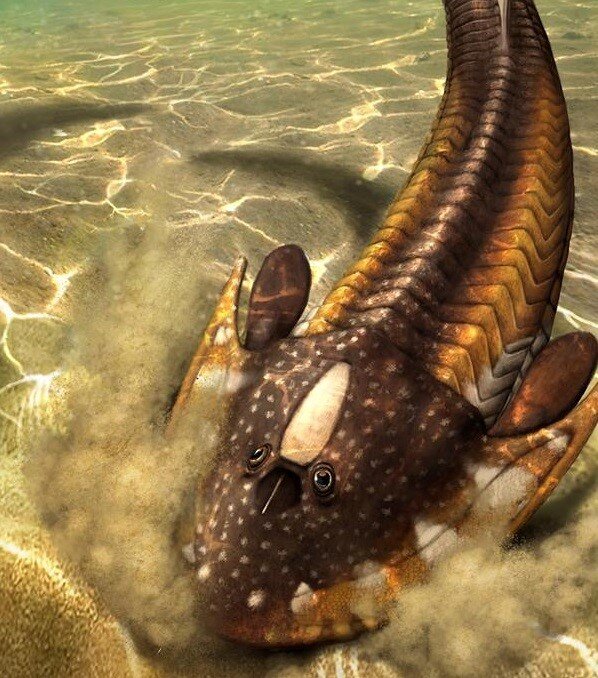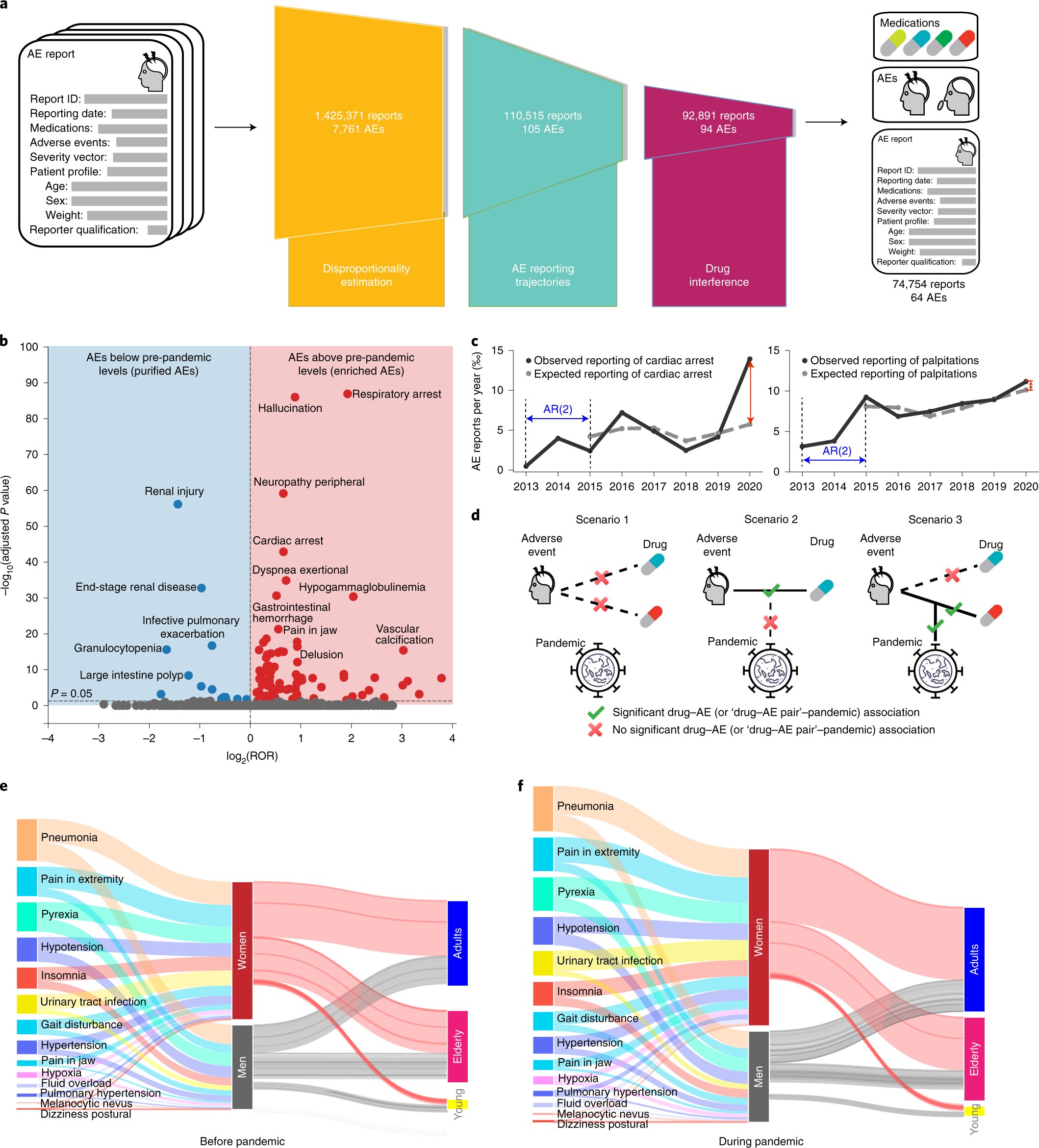#Some seafloor microbes can take the heat: Here’s what they eat
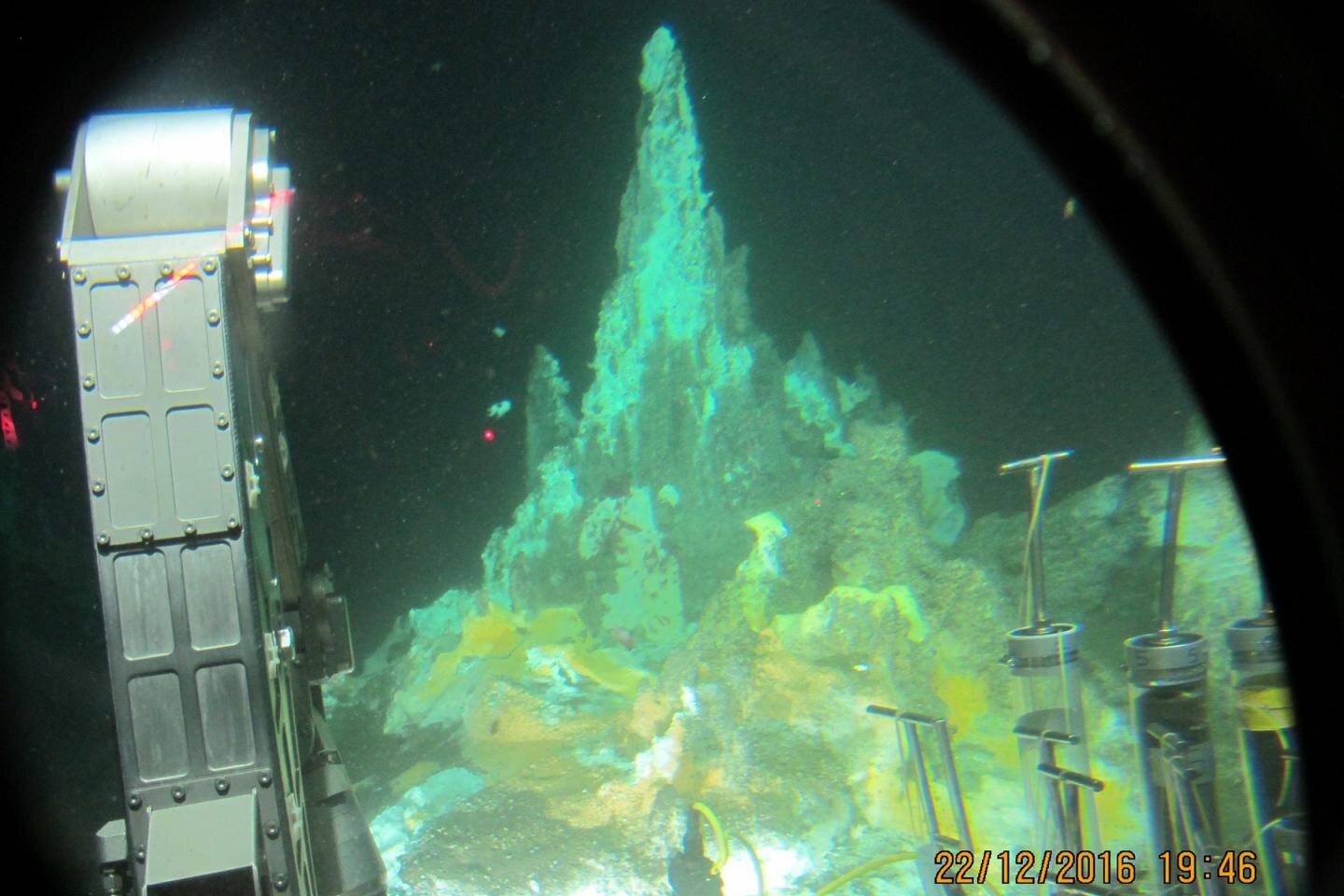
“#Some seafloor microbes can take the heat: Here’s what they eat”

It’s cold in the depths of the world’s oceans; most of the seafloor is at a chilly 4°C. Not so the seafloor of Guaymas Basin in the Gulf of California. Here, tectonic plates drift apart and heat from Earth’s interior can rise up—so far up that it bakes large areas of the seafloor sediments, turning buried organic matter into methane and other energy-rich compounds.
What kinds of organisms thrive in this oceanic hotspot? In two new studies, MBL Assistant Scientist Emil Ruff and collaborators show that distinct regions within the Basin harbor specially adapted microorganisms; discover new microbial inhabitants of this deep-sea community; and suggest how the community may be dramatically influencing carbon cycling in the hot seafloor sediments.
Right at the seafloor where the geothermal heat meets the cold deep ocean, the sediments often have a cozy 30-60 °C, ideal temperatures for heat-loving microbes (thermophiles). These exotic heat-lovers can use methane as an energy source and thrive in seascapes that are so different from most other ecosystems on Earth that they could well exist on another planet entirely. The methane munchers and other organisms that use the chemical energy of the hydrothermal fluids are the base of the food web, without which the ecosystem would not be possible. In the first study, Teske et al. show that these methane munchers and other microbes are specially adapted to distinct thermal and geochemical regimes within the Basin.
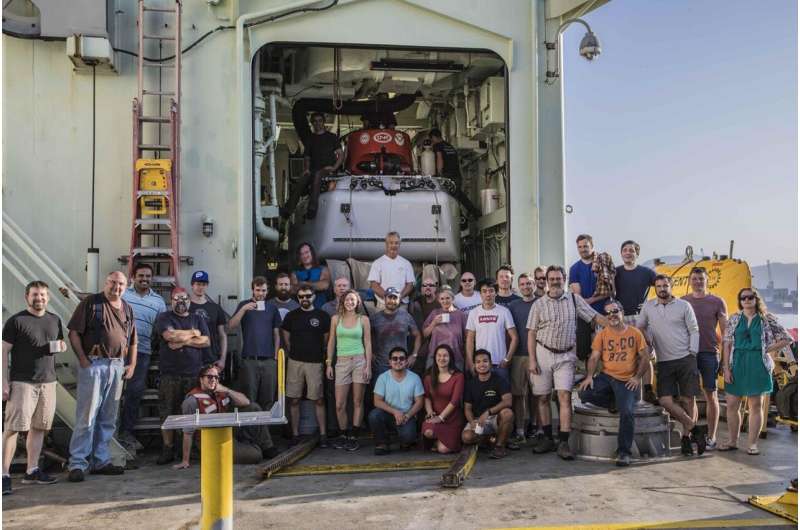
The microbial communities in these hydrothermal sediments are very diverse, yet only a few organisms can use methane as an energy source. So, what is everyone else doing?
A large part—or most—of the microbial diversity seems to consist of organisms, which—like humans—can only use reduced organic compounds for energy (such as sugars, proteins and fatty acids). These organisms, called heterotrophs, must live in some way off the biomass that rains down from the surface ocean or is produced by the methane munchers and other primary producers.
It is a long-standing question: Which compounds these heterotrophs use to make a living and why so many different species can live side-by-side without outcompeting each other. In the second study, Sherlynette Pérez Castro, a postdoctoral scientist in Ruff’s lab at MBL, and collaborators show that certain heat lovers specialize in degrading the “debris” that is released to the environment when other cells perish: organic polymers and macromolecules. (See Pérez Castro’s “Behind the Paper” blog post in Nature Microbiology.)
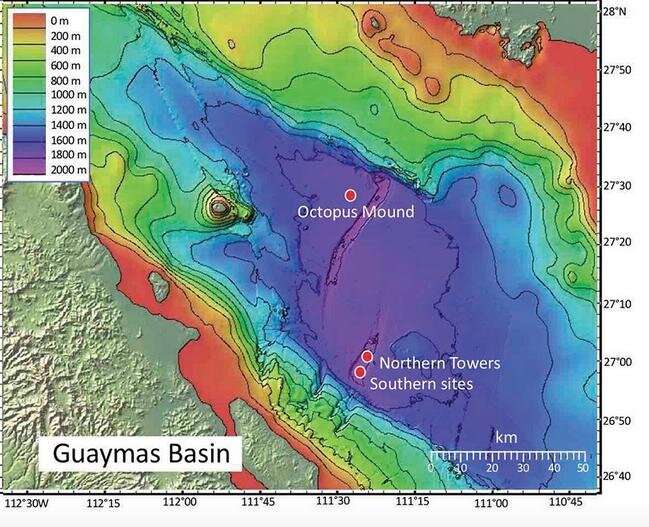
Every cell, be it a microbial or a human cell, mainly consists of four types of macromolecules: Protein, nucleic acids (DNA, RNA), lipids (fatty acids) and polysaccharides (sugars). The researchers used each one of these four compounds successively as the sole energy and carbon source to grow and identify those deep-sea organisms that can make a living on the respective compound.
They found that all of the organisms that they could cultivate in their lab experiments belonged to previously uncultivated microbial species. The experiments also showed that each polymer was nutrition for a whole food web of organisms, which explains how a single molecule can sustain a zoo of organisms, suggesting a reason for the high diversity of coexisting heterotrophs.
To their surprise, none of the 48 different cultures produced methane, a common end product of heterotrophic organisms. This could mean that the methane that is emitted at the seafloor is completely removed from the ecosystem by the microbial communities, which has implications for the deep-sea carbon cycle that remain to be explored.
Methane nibbling bacteria are more active during summer
Sherlynette Pérez Castro et al, Degradation of biological macromolecules supports uncultured microbial populations in Guaymas Basin hydrothermal sediments, The ISME Journal (2021). DOI: 10.1038/s41396-021-01026-5
Citation:
Some seafloor microbes can take the heat: Here’s what they eat (2021, June 22)
retrieved 22 June 2021
from https://phys.org/news/2021-06-seafloor-microbes.html
This document is subject to copyright. Apart from any fair dealing for the purpose of private study or research, no
part may be reproduced without the written permission. The content is provided for information purposes only.
If you liked the article, do not forget to share it with your friends. Follow us on Google News too, click on the star and choose us from your favorites.
For forums sites go to Forum.BuradaBiliyorum.Com
If you want to read more Like this articles, you can visit our Science category.
